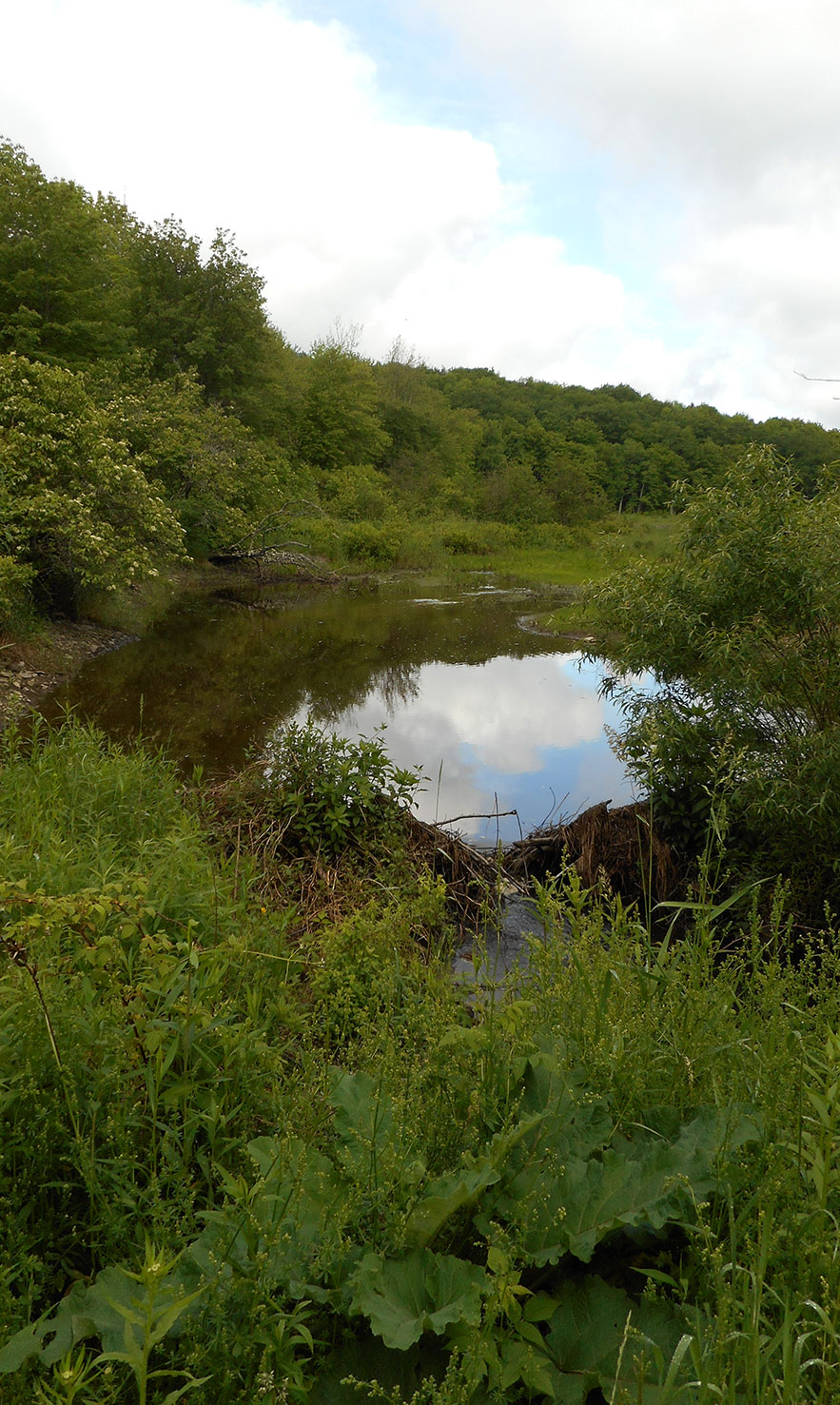 The public enjoys numerous benefits derived from the restoration and protection of wetlands due to the many functions that natural wetland systems perform. Wetland restoration and protection is important to maintain critical wildlife habitat, to meet state and tribal watershed goals, and to contribute to economic well-being. To achieve these goals, a number of States have invested in programs that help implement, support or coordinate local restoration efforts. For example, Natural Heritage programs often rely on state support and work through partnerships to protect wetlands as part of their habitat goals. (U.S. EPA)
The public enjoys numerous benefits derived from the restoration and protection of wetlands due to the many functions that natural wetland systems perform. Wetland restoration and protection is important to maintain critical wildlife habitat, to meet state and tribal watershed goals, and to contribute to economic well-being. To achieve these goals, a number of States have invested in programs that help implement, support or coordinate local restoration efforts. For example, Natural Heritage programs often rely on state support and work through partnerships to protect wetlands as part of their habitat goals. (U.S. EPA)
Restoration and protection efforts can be either regulatory or voluntary. Regulatory restoration and protection result from federal, state, tribal, or local laws and regulations that prohibit, condition, or compensate for permitted impacts to existing wetlands. Examples include 401 certification, zoning, permitting programs, and mitigation requirements. The Regulatory core element includes actions to develop the regulatory aspects of wetlands restoration and protection. Voluntary restoration and protection refers to activities not required by statutes or regulations. Examples include land trusts purchasing titles or easements to wetland areas, community groups removing invasive species and planting native vegetation, and conservation programs that pay landowners to restore wetlands or change practices such as cultivation or grazing that alter wetland areas. While by definition voluntary protection is not required, it can be secured through legally binding agreements, such as conservation easements. (U.S. EPA)
Voluntary restoration and protection is one component of the U.S. EPA’s Core Elements Framework. To view the EPA’s webpage on voluntary restoration and protection, click here.
More information on the science and practice of wetland restoration is available in the Science section of our website - you can find it by clicking here.
Other Useful Publications & Resources:
- Voluntary Wetland Program Development: How States and Tribes Can Support Long-Term Wetland Protection & Restoration
- U.S. EPA "Wetlands Restoration Definitions and Distinctions"
- U.S. EPA "How Do I Develop a Voluntary Restoration and Protection Program?"
- Salt Marshes in the Gulf of Maine: Human Impacts, Habitat Restoration, and Long-term Change Analysis (2008)
- Wetland Creation & Restoration: The Status of the Science, Vol I (Kusler & Kentula, 1989)
- Wetland Creation & Restoration: The Status of the Science, Vol II (Kusler & Kentual, 1989)
